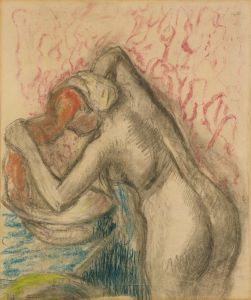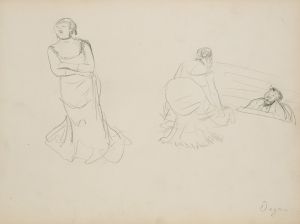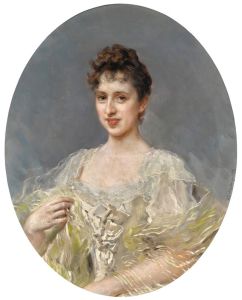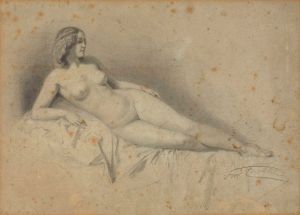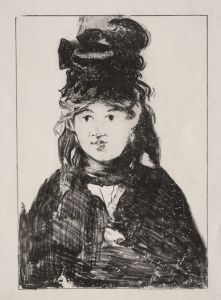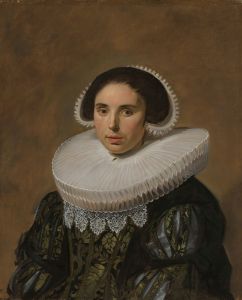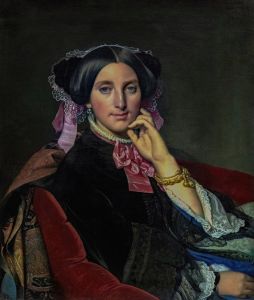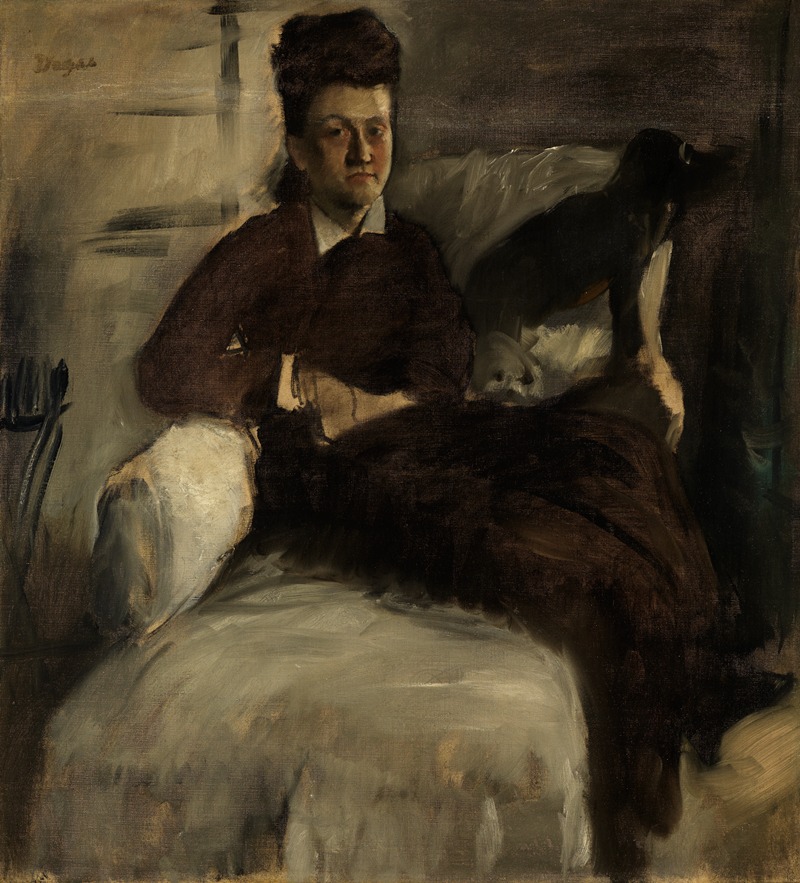
Portrait of Madame Jeantaud
A hand-painted replica of Edgar Degas’s masterpiece Portrait of Madame Jeantaud, meticulously crafted by professional artists to capture the true essence of the original. Each piece is created with museum-quality canvas and rare mineral pigments, carefully painted by experienced artists with delicate brushstrokes and rich, layered colors to perfectly recreate the texture of the original artwork. Unlike machine-printed reproductions, this hand-painted version brings the painting to life, infused with the artist’s emotions and skill in every stroke. Whether for personal collection or home decoration, it instantly elevates the artistic atmosphere of any space.
Edgar Degas, a prominent French artist associated with the Impressionist movement, painted "Portrait of Madame Jeantaud" in 1875. This work is an example of Degas's skill in portraiture, a genre he explored throughout his career alongside his more famous depictions of dancers, bathers, and scenes of modern life. The painting portrays Madame Jeantaud, whose full identity remains somewhat obscure, though she is believed to have been part of Degas's social circle in Paris.
The portrait is executed in oil on canvas and reflects Degas's interest in capturing psychological depth and individuality in his sitters. Madame Jeantaud is depicted seated, her pose and expression conveying a sense of introspection or quiet contemplation. Degas's use of muted tones and subtle contrasts in lighting enhances the intimate and personal atmosphere of the work. The artist's attention to detail is evident in the rendering of Madame Jeantaud's clothing and features, which are painted with a delicate yet precise touch.
Degas's approach to portraiture often diverged from traditional conventions of the time. Rather than idealizing his subjects, he sought to present them in a naturalistic and unembellished manner. This is evident in "Portrait of Madame Jeantaud," where the sitter's individuality is emphasized over any attempt to flatter or romanticize her appearance. The composition is carefully balanced, with the figure positioned slightly off-center, a hallmark of Degas's innovative sense of design.
The painting is part of a broader body of work in which Degas explored themes of modernity and the human condition. While he is best known for his depictions of ballet dancers and urban scenes, his portraits reveal another facet of his artistic vision, showcasing his ability to convey character and emotion through subtle visual cues.
"Portrait of Madame Jeantaud" is currently housed in the Musée d'Orsay in Paris, which holds one of the most extensive collections of Degas's works. The museum's collection provides valuable insight into the artist's development and the diverse range of subjects he tackled throughout his career. This portrait remains a testament to Degas's mastery of portraiture and his ability to capture the essence of his subjects with sensitivity and nuance.








